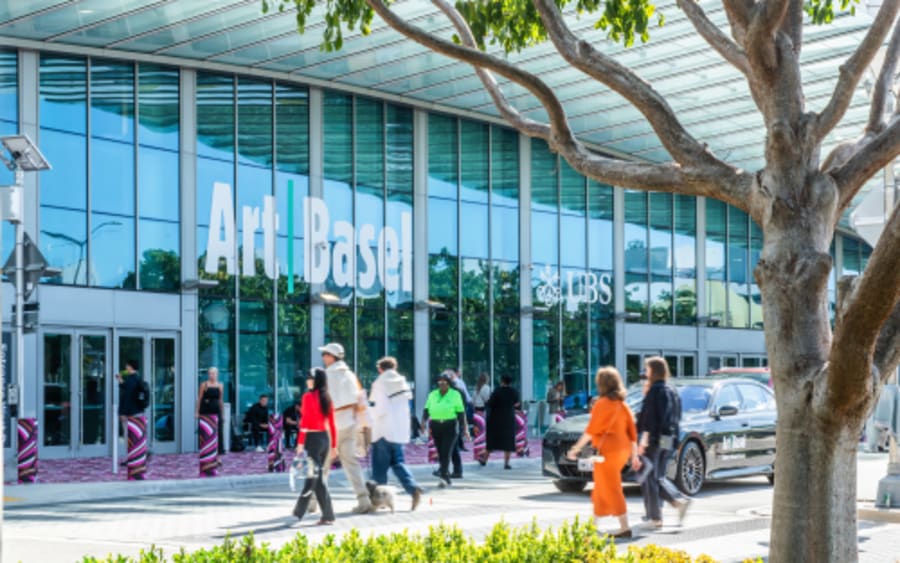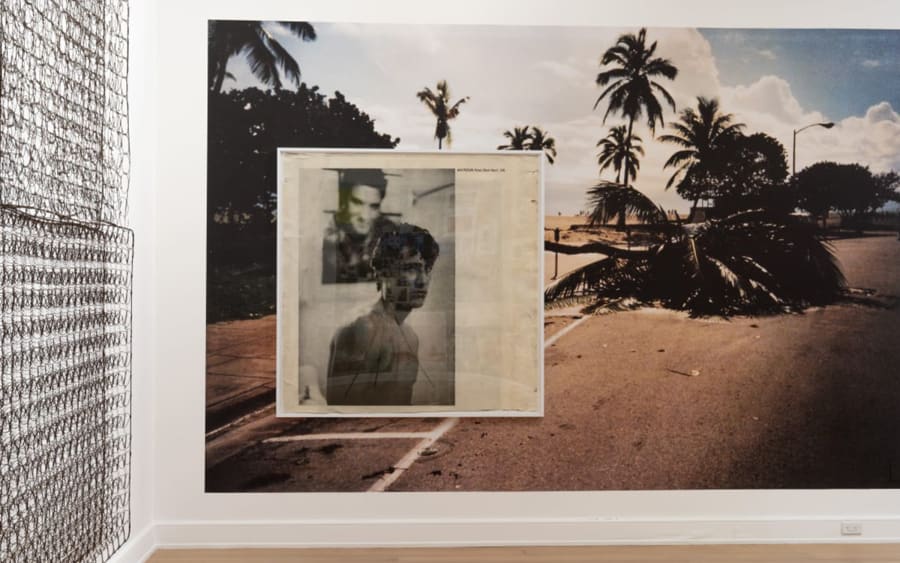One hundred years ago, the Surrealists brought weirdness and fantasy into Modern art like a wrecking ball through a giant block of brie. Criss-crossing national borders and pushing the limits of reality and rational thought, these artists were inspired by political insurgency and psychoanalysis, and built underground networks to share their bizarre, revolutionary visions. In his First Surrealist Manifesto, published in 1924, André Breton wrote, ʻThis summer, the roses are blue.ʼ And so they were, at least for the many-tentacled movement that soon spread beyond Europe to Shanghai, Aleppo, the Caribbean, and beyond.
These days, Surrealism is absolutely booming again, not only in terms of its dominance on the art market, but also in last yearʼs many major exhibitions celebrating the 100-year anniversary of the birth of the movement and Bretonʼs manifesto. From the time of first-generation players like Magritte and Dali and through the decades, Surrealism has quietly impacted artistic practice – and especially excites the imaginations of todayʼs artists. A case in point: In many of the presentations at this year’s Art Basel Miami Beach’s Kabinett sector – where there are booths within booths, an uncanny conceit in its own right – art drifts into the dreamlike.
Gallery Wendi Norris will show a dozen works on paper by Surrealism’s grande dame Leonora Carrington. Among them is More Frontiers of Space (1941), created in Spain after Carrington fled Nazi-occupied France following the arrest of her lover and creative collaborator Max Ernst. The drawings portray a nude woman with chicken feet for hands, tending to an indisposed horse, a crumbling tower in the background.
At the same time as Wifredo Lam’s current retrospective at the Museum of Modern Art in New York, Mazzoleni will show a series of the artist’s paintings and drawings created between the 1950s and late 1960s.The galleryʼs selection includes Femme Cheval (1966), which depicts a stark, hybrid figure in the grips of a Yoruban deity. It’s a prime example of Lam’s masterful synthesis of Cubism, Surrealism, and Afro-Cuban symbolism; his polymorphic works have been breaking market records over the past few years for good reason. And at Michael Rosenfeld Gallery, artist Mary Bauermeister’s series of hallucinatory watercolors and pastels from the 1950s illustrate her visionary foresight of the psychedelia to come a decade later (perhaps a chemically induced Surrealist moment?). Known as the mother of Fluxus, she nonetheless shows just how far Surrealism’s reach stretched across 20th-century art. ʻSurrealistʼ can be an overused label – even some of the movement’s stalwarts refused it – but it remains surprisingly useful.
Swiss artist H. R. Giger, known as the creator of the extraterrestrial Xenomorph creature from the film Alien, has been receiving more institutional attention recently. Mai 36 Galerie presents works on paper and his Biomechanoid, a sculpture you might imagine was made during the digital dystopia of the 2000s not 1969, the year it was actually created. Giger fits squarely in the lineage of artists exploring psychological and physical extremes. And appearing in a purple bordello-like space, four homoerotic fetish paintings by the late Sadao Hasegawa will be shown by Garth Greenan Gallery. Inspired by Tom of Finland, Hasegawa’s work rarely appeared outside Japanese gay magazines. A 1978 work portrays an oiled up, beefcakey, bird-man hybrid figure wearing a green cape and little else. He has the head of a toucan (big-beaked, of course), and a mysteriously darkened crystal ball sits at his feet.
Kabinett’s contemporary Surrealism-inflected artists illustrate the parallels – but also the significant differences – between the 2020s and 1920s. Sies + Höke will show Marcel Dzama’s allegorical renditions of police states and oppressive regimes. Using a folk vernacular style to directly reference the current political moment, Dzama builds on the surrealists’ use of both symbolism and direct defiance. Meanwhile, an immersive presentation by The Modern Institute will include walls covered in large-scale drawings by the Scottish artist Andrew Sim. Using a foam-tipped palette knife to create a makeup-like effect, his portraits of twinned werewolves, horses, and rainbows play more abstractly with notions of gender, their glow a subdued surreal maneuver that feels unsettling yet comforting at the same time.
Jane Lombard Gallery presents a series of lightbox works derived from Lu Yang’s film Doku The Self, shown at the 59th Venice Biennale in 2022. Yang’s anime-like, 3D-rendered figures wear purple furry boots and red armor. They’re all subject to the Binary Wheel, Yang’s reimagining of the Buddhist Wheel of Life. Evoking connections between virtual identity, pop culture, and ancient Chinese philosophies, Yang’s work echoes the Chinese Surrealist art which began in the 1930s and made a significant impact on the global movement.
The Kabinett sector also leans Surrealist with Lonnie Holley. Edel Assanti will show a series of small-scale sculptural assemblages by the self-taught Alabama-born artist, including No Milk and Bad Water in the Hood (2018), an old milk bottle filled with rusted hardware with a metal faucet sticking out, a commentary on contaminated water in poor Black neighborhoods. Also on view will be She Was Not Gold (2023), a stone wrapped in multicolored wire. Although pragmatic in their construction, these works have a Man Ray-ish influence, epitomizing Holley’s brilliance for using everyday objects to create rich metaphors for the often illogical and bafflingly repressive conditions that structure contemporary reality.
These presentations are proof that Surrealism’s spirit continues to inspire and circulate – sometimes as a quiet undercurrent – across generations, geographies, and artistic vocabularies. The historical works spotlight the enduring intensity and appeal of surrealist aesthetics, while the contemporary works adapt the movementʼs original impulses to new political, psychological, and technological states. Like a veiled interpreter of anxieties, peculiar beauties, and dreams, Surrealism continues to shape our present.
Rob Goyanes is a writer and editor from Miami, Florida. His work has appeared in BOMB, e-flux journal, Los Angeles Times, and elsewhere. He lives in Los Angeles, California.
Caption for header image: Andrew Sim, portrait of two werewolves without hair with stars, 2025. Courtesy of the Artist and The Modern Institute/ Toby Webster Ltd., Glasgow.
Published November 20, 2025.


